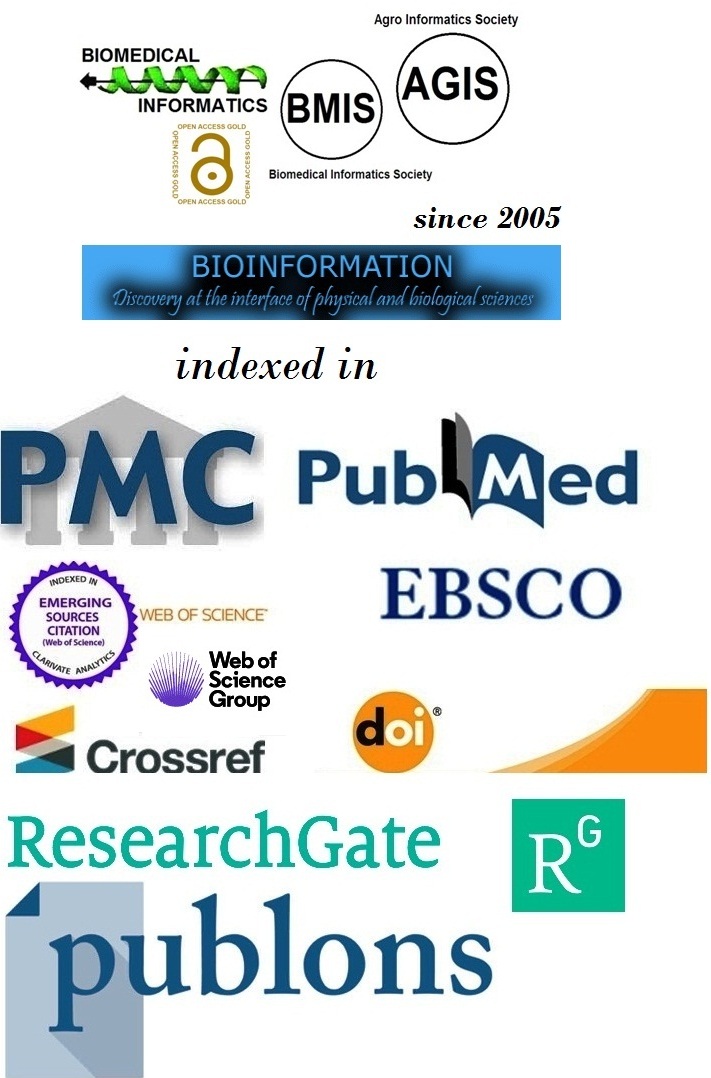Title
Analysis of Staphylococcus aureus infections among pediatric Indian patients
Authors
Priyank Rajan1,*, Nayan Chaudhary2, Mukesh Sanklecha3, Mayur Wanjari4, Labdhi Sangoi5 & Ravi Sangoi6
Affiliation
1Clinical Fellow in Paediatric Haematology Oncology and BMT, Bristol Royal Hospital for Children, Bristol, United Kingdom; 2Department of Paediatrics, Bombay Hospital and Institute of Medical Sciences, Mumbai, India; 3Consultant Paediatrician, Bombay Hospital and Institute of Medical Sciences, Mumbai, India; 4Department of Research, Datta Meghe Institute of Higher Education & Research (DMIHER), Sawangi, Maharashtra, India; 5Department of Research, Government Medical College, Jalna, Maharashtra; 6Department of Internal Medicine, Government Medical College and General Hospital, Baramati, Pune, Maharashtra, India; *Corresponding author
Priyank Rajan - E - mail: priyankrajan902@gmail.com; Phone: +91 8779670734
Nayan Chaudhary - E - mail: nayan.angel1993@gmail.com; Phone: +91 7387372734
Mukesh Sanklecha - E - mail: doctormukesh@gmail.com; Phone: +91 9869134900
Mayur Wanjari - E - mail: Wanjari605@gmail.com; Phone: +91 8007356104
Labdhi Sangoi - E - mail: labdhisangoi101@gmail.com; Phone: +91 7259404071
Ravi Sangoi - E - mail: ravisangoi35@gmail.com; Phone: +91 9022059548
Article Type
Research Article
Date
Received October 1, 2024; Revised October 31, 2024; Accepted October 31, 2024, Published October 31, 2024
Abstract
Staphylococcus aureus is a leading cause of infections in paediatric populations, ranging from mild skin infections to life-threatening systemic infections. Methicillin-resistant Staphylococcus aureus [MRSA] has become increasingly prevalent, raising concerns regarding treatment and control measures. Therefore, it is of interest to assess the Staphylococcus aureus infections in hospitalized children and determine the colonization patterns and antibiotic sensitivity profiles at a tertiary care centre. A prospective observational study was conducted on 103 paediatric patients, categorized into S. aureus-infected and healthy controls. S. aureus isolates were obtained from clinical specimens, and colonization was assessed using nasal, axillary, throat, and inguinal swabs. Antibiotic susceptibility was tested using the MIC method. S. aureus infection was confirmed in 32 [31.06%] of the patients, with colonization observed in 71.87% of infected cases. Among the colonized sites, nasal and axillary regions were the most frequent. MRSA accounted for 46.8% of the infections, while MSSA made up 53.2%. MRSA isolates were more resistant to antibiotics compared to MSSA. Vancomycin, daptomycin, and teicoplanin showed 100% efficacy against both MRSA and MSSA. Colonization was significantly higher in infected patients compared to controls, indicating colonization as a risk factor for S. aureus infection. Antibiotic sensitivity patterns suggest that vancomycin and teicoplanin remain effective against MRSA, but increasing resistance underscores the need for careful antibiotic selection and preventive measures in paediatric care.
Keywords
Staphylococcus aurous, MRSA, MSSA, infections, colonization patterns, antibiotic resistance, vancomycin, teicoplanin, daptomycin, tertiary care, nasal carriage, antibiotic susceptibility.
Citation
Rajan et al. Bioinformation 20(10): 1275-1280 (2024)
Edited by
Hiroj Bagde MDS, (PhD), PGDCR, PGDHHM, PGDL, PGDM
ISSN
0973-2063
Publisher
License
This is an Open Access article which permits unrestricted use, distribution, and reproduction in any medium, provided the original work is properly credited. This is distributed under the terms of the Creative Commons Attribution License.
